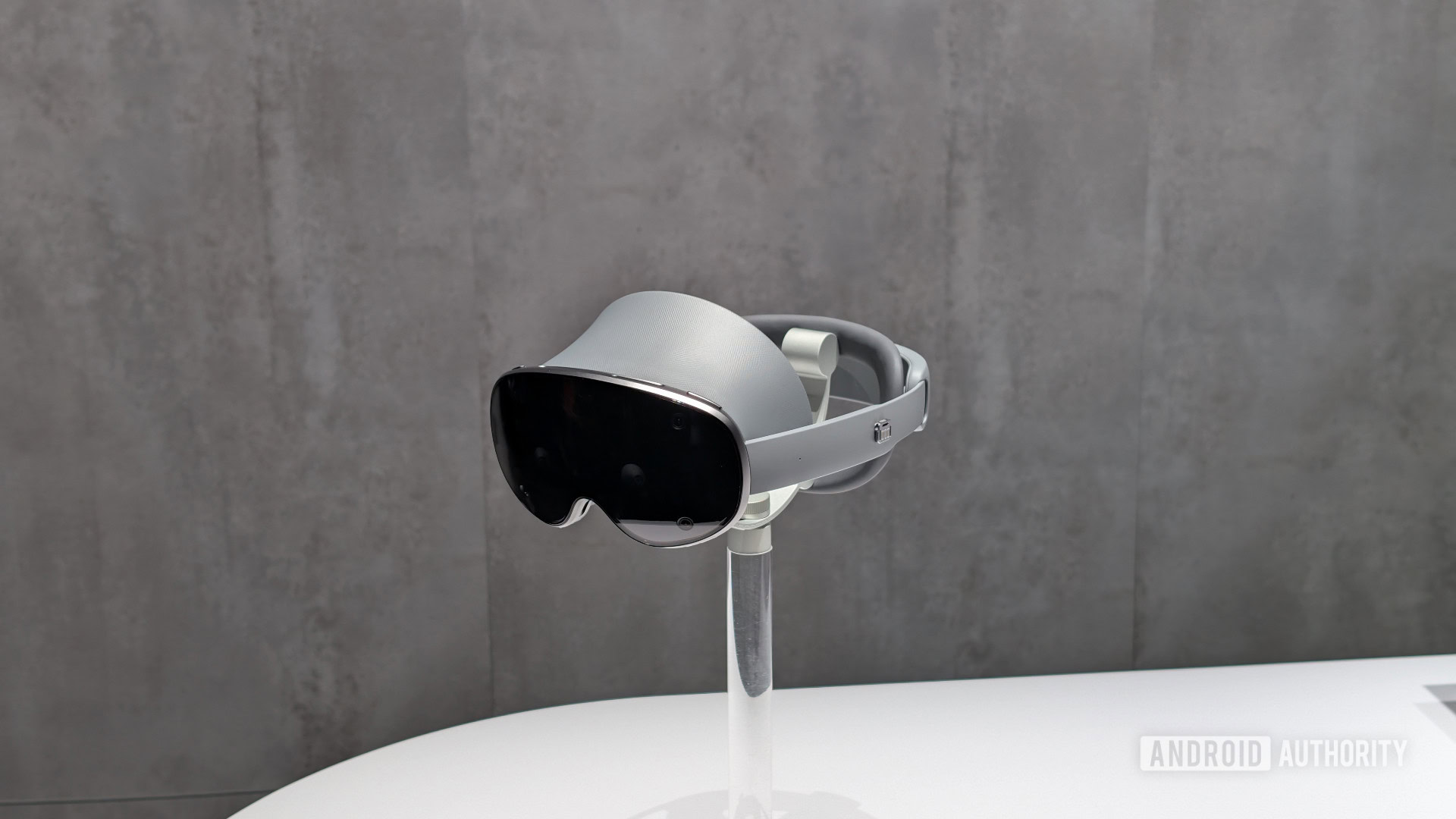
C. Scott Brown / Android Authority
Tl;
- Google has confirmed to Android Authority That the apps will be able to request access to both the world-facing camera and the Selfie camera on the Android XR headset.
- The world -facing camera gives apps a video of the user’s surroundings that they can then put over, creating immersive experiences.
- The selfie camera, on the other hand, only gives apps an image current containing the user’s avatar, of privacy reasons.
Google announced that Android xr Platform at the end of last year to make developers ready for future Extended Reality (XR) headset and smart glasses running the new OS. Although Google is certainly not foreign to XR, it is a bit late to come up with a full competitor to the meta’s platform. To get developers on board creating merging apps for Android XR, Google will allow apps to access the Camerfood on the XR headset, an opportunity that is rarely among the XR platforms.
Like Android phonesThe XR headset has many cameras. The cameras facing outwards can be used to show a review of the world, so you can see your surroundings without getting you off the headset. If apps could access these camera feeders, they would be able to create immersive, mixed reality experiences of their own.
Of privacy reasons, many XR platforms do not allow apps to access these camera inputs, which is understandably given the damage that this can cause. The XR platform manufacturers have begun to get around this topic, but with meta that announced that it would open for a Passhrough Camera Access API in its Horizon OS Platform once this year.
Google has now confirmed that the new Android XR platform will in the same way provide review camera access. Google spokesperson Patrick Seybold confirmed in a statement to Android Authority That the Android XR platform will allow apps to access the “world-facing camera” in front of a headset. However, apps must first ask the user permission to access the camera, just like on phones and tablets.
“Yes, Android XR will offer app developers access to the world -facing camera at the front of the headset, by asking for camaraderie access, and of course to use it in the application, the end user will have to give permission. “
The spokesperson also confirmed to Android Authority That the apps can request access to the “selfie camera” inside a headset. As with the world-facing camera, the user still has to allow apps to access the “Selfie camera.” Although they do, they will only receive a feed that shows the user’s avatar, which is probably a reconstructed image of the user’s face as on Apple Vision Pro.
“When apps ask for the selfie camera, they receive an image stream containing the user’s avatar.”
Unlike phones and tablets, the XR header does not have “selfie cameras” in the traditional sense. Android XR basically maps one set of cameras that turn outwards and one set of cameras turning inward to camera -D –s 0 and 1. Camera IDs 0 and 1, respectively, are the generic identifiers for the most important back -facing and front -facing cameras When apps use standard camera2 or camera ax-APIs. In this way, even apps that are not optimized for Android XR will still see something when accessing these two camera feed.
In terms of the other cameras on the XR headset that Samsung’s project Moohan Device, confirmed Google to VR developer Scarredhost That Android XR will not provide a way for apps to access “non -standard” cameras. This includes cameras such as the forward -facing camera and the reconstructed inner camera. Maybe this will change in the future, but for the time being is a single feed of the real world and a single feed of the user’s avatar all apps can get, which is still more than expected.
One thing I’m curious to see is how Android XR wants to tell the user that an app actively uses the camera. Since Android 12Phones and tablets have shown an indicator in the status bar when an app accesses the camera. Android XR can do the same while the user is wearing the headset, but I’m not sure what the visual indicator will look like. Hopefully, Google will come up with a solution that balances privacy, but does not hinder innovation in mixed reality applications.


